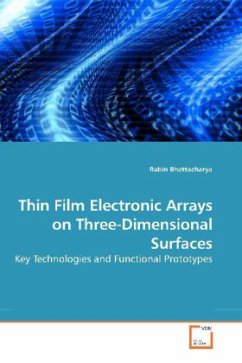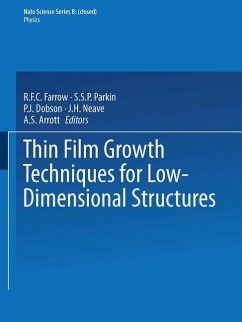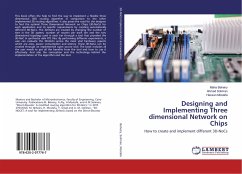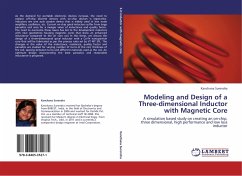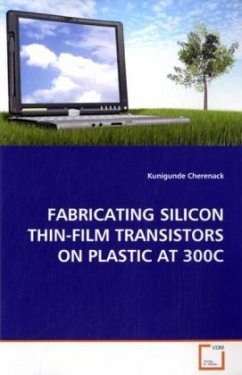Humans live in an inherently three-dimensional world, yet modern electronics are all in two-dimensions. In recent years, there has been growing interest in electronics on non-developable surfaces (surfaces that cannot be formed by simple bending) such as domes. Potential applications for such technologies span the fields of aerospace, automotive, optics, and consumer electronics. Almost all of the potential applications require some type of electronic array to be fabricated on a non-developable surface. Between the years of 2000 and 2004, research done at Princeton University proved that such arrays were feasible to produce. Presented here are the key technologies, developed during this research project, that allow for the fabrication of thin-film electronics on a dome. Also presented here are several functioning prototypes that were created using these technologies, including one of the first three-dimensional electronic light emitting surfaces. The results of this work are intended to inspire and guide those wishing to further research electronics on three- dimensional surfaces or develop products that would use such devices in them.
Bitte wählen Sie Ihr Anliegen aus.
Rechnungen
Retourenschein anfordern
Bestellstatus
Storno

